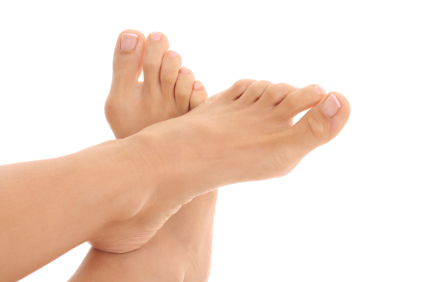What is: Hallux Rigidus?

This is a common form of arthritis located at the base of the big toe (this joint is called the metatarsophalangeal, or MTP joint). This joint is important to the proper function of the foot, as it needs to bend when the foot is in motion.
If this joint begins to stiffen, walking can become a painful experience. The MTP joint has cartilage that covers the bones.
Sometimes the cartilage can be damaged by either wear or tear or injury, which leads to the raw bones rubbing together and can create a bone spur (overgrowth). This overgrowth can restrict the range of motion in the toe resulting in stiffness.
Symptoms of Hallux Rigidus include a stiffness in the big toe when walking or swelling around the big toe joint. A bump such as a callous or bunion could also be suggestive of this condition, as can limitation in the range of motion.
Possible Medical Causes
- Osteoarthritis
- Trauma
- Splitting osteochondritis of the first metatarsal head
- Gout or pseudogout
Prevention & treatment
If you experience pain in your big toe which seems to be Hallux Rigidus seek advice from a Podiatrist who will:
- Perform a foot examination to check for bone spurs
- May examine the range of motion in the toe
- X-Ray the foot for suspected bone spurs to determine their location, size and degree of damage to the joint.
Conservative treatments
- Firstly ask a Podiatrist for advice
- Anti-inflammatory medication
- Ice packs
- Wearing spacious footwear with a low heel
- Simple pain killers for the pain
- If the condition has caused severe degeneration then surgery may be required, which will be advised if necessary by your clinician
Other treatments
"Because the joint is usually most painful when the toe is bent upwards during walking, it sometimes helps to stiffen the sole of your shoe so that it does not bend while walking. If you do this, you may need a small \"rocker bar\" on the sole of your shoe so that you can rock over this while walking instead of bending your toe up.
This can be done for you by an orthotist or chiropodist. One disadvantage of this treatment is that the stiff insole may push your osteophyte up against the shoe\" (BOFSS 2005).


